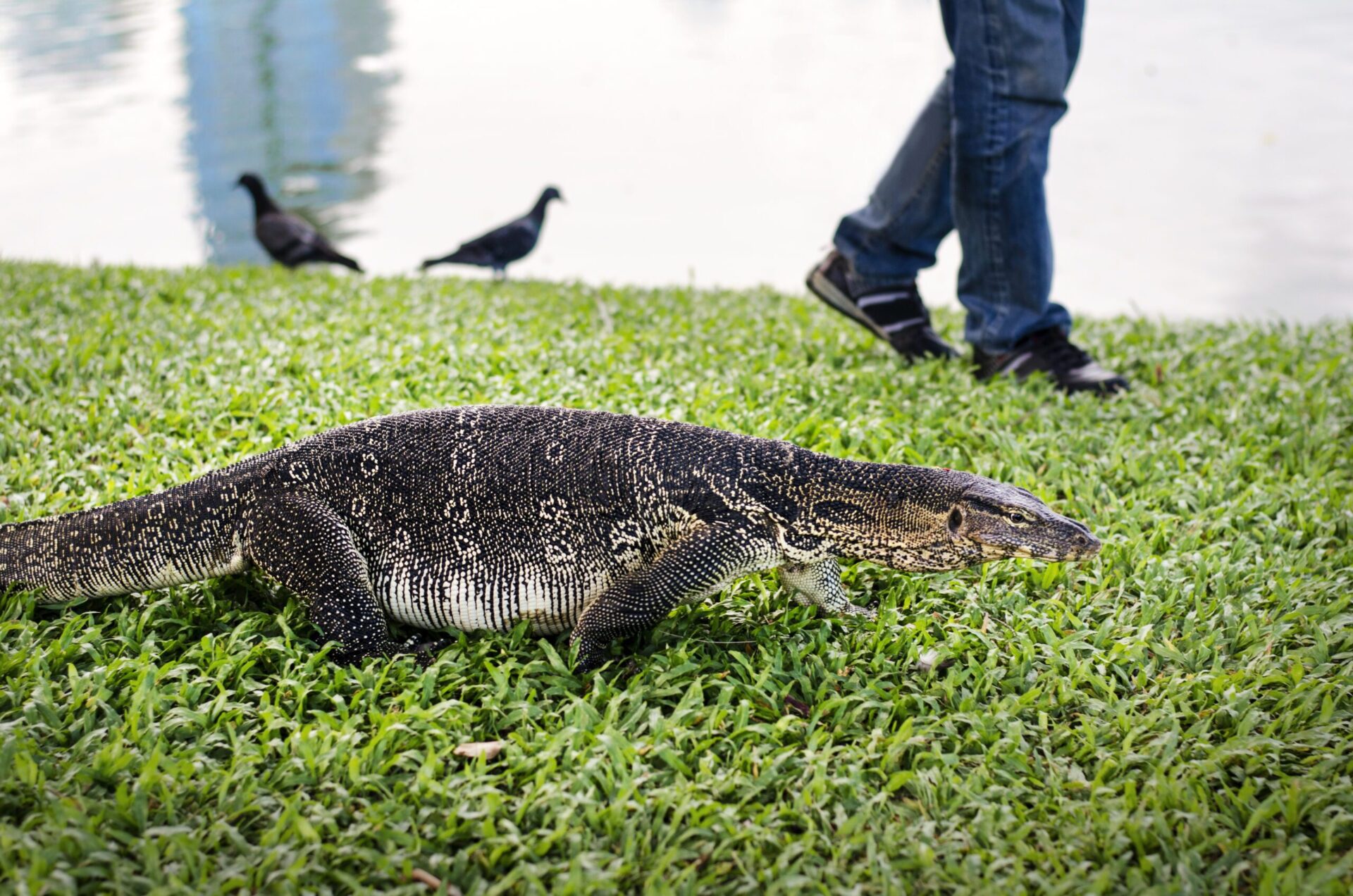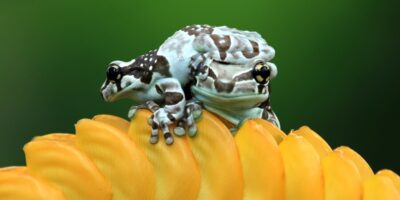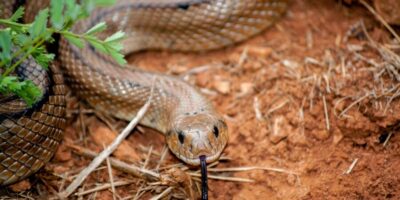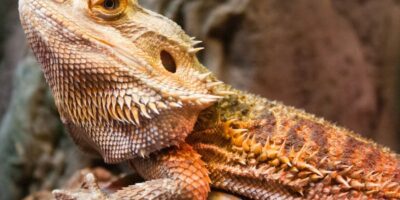Ackie Monitors, also known as Spiny-tailed Monitors or Varanus acanthurus, are awesome pets. They’re native to Australia and have become popular among reptile enthusiasts. They are known for their curious nature, intelligence, and relatively manageable size compared to larger monitor species.
As pets, they are quite intelligent and curious, making them fascinating companions. These small to medium-sized lizards are highly sought after as pets due to their unique appearance and engaging behaviors; with their spiky tails and vibrant colors, Ackie Monitors make captivating additions to reptile collections. Understanding their specific care requirements, including humidity, is crucial for providing them with a healthy and stimulating environment.
Now, let’s talk about the importance of humidity for their well-being. Ackie Monitors are native to arid regions, so maintaining proper humidity levels in their enclosure is crucial. Adequate humidity helps with shedding, hydration, and overall health. It also mimics their natural habitat, providing them with a comfortable and thriving environment. It’s essential to create a balance and ensure the humidity levels are suitable for their specific needs.
Factors affecting humidity in their enclosure
Several factors can affect humidity levels in an Ackie Monitor’s enclosure, and to master humidity for your Ackie Monitor, there are a few key steps you can take. First, choose a substrate that can retain moisture, like coconut fiber or cypress mulch.
This will help increase humidity levels in the enclosure. Next, make sure there is proper ventilation to prevent excessive humidity and mold growth. You can provide a water dish or use a misting system to contribute to the overall humidity. Evaporation from the water source will help increase humidity levels. Consider the size of the enclosure, as larger enclosures may require additional measures like misting or using a humidifier. Lastly, take into account the ambient conditions of the room where the enclosure is located.
Dry environments may require more frequent misting or additional humidity sources. Remember to monitor the humidity levels regularly and make adjustments as needed. These factors work together to create a suitable environment with the right humidity levels for your Ackie Monitor’s well-being.
Creating the Right Enclosure
There are different ways you can maintain humidity in your Ackie Monitor’s enclosure. One option is to set up a misting system that sprays water periodically, creating a mist that increases humidity.
You can also add a small humidifier to the enclosure, especially in drier climates or during winter when indoor heating reduces humidity. Another idea is to incorporate a water feature like a shallow pool or waterfall, which increases humidity through evaporation. Just make sure it’s safe and easily accessible for your Ackie Monitor. Lastly, creating moist hides using dampened moss or a moist substrate provides a space for your pet to regulate their moisture levels.
Monitoring and Adjusting Humidity
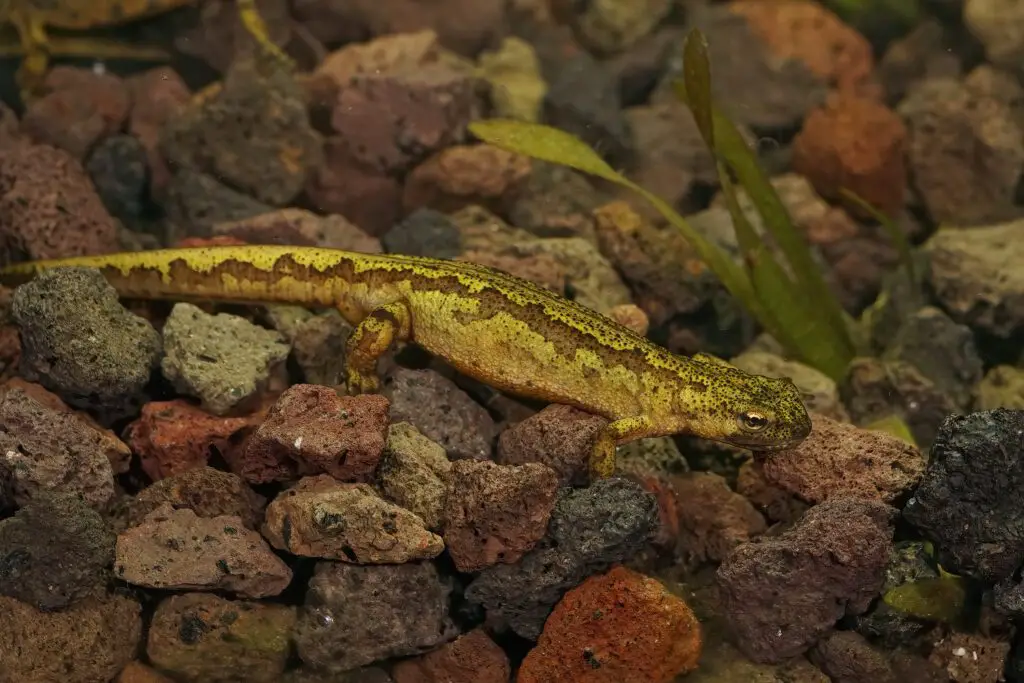
A closeup of an aquatic unusual colorful female Carpathian newt (Lissotriton montandoni)
To monitor and adjust humidity levels in your Ackie Monitor’s enclosure, you can use a hygrometer to measure the humidity with the aim for a range of 40-60% humidity but adjust based on your specific species’ requirements. If the humidity is too low, you can increase it by misting the enclosure, adding a humidifier, or providing a moist hide.
If the humidity is too high, you can improve ventilation or reduce the amount of water features in the enclosure. Regularly check the humidity levels and make adjustments as needed to ensure a comfortable and healthy environment for your pet.
To increase humidity in the enclosure, you can use misting and spraying techniques. For humidity, you can create a humid hide by adding damp sphagnum moss or a moist hide box. This gives your Ackie Monitor a specific area with higher humidity to regulate its moisture levels. Another option is misting the enclosure with a spray bottle filled with water. This creates a fine mist that increases humidity.
You can mist once or twice a day, depending on your Ackie Monitor’s needs. If you have a larger enclosure, using a handheld garden sprayer or reptile fogger can help distribute moisture more evenly. These methods will create a comfortable and healthy environment for your pet. During shedding and breeding seasons, it’s important to pay extra attention to humidity levels.
Ackie Monitors require higher humidity during shedding to facilitate the shedding process and prevent complications. You can increase humidity by misting more frequently or providing a humid hide. For breeding seasons, some species may require specific humidity conditions to stimulate breeding behavior.
Challenges in maintaining humidity
Maintaining humidity can be challenging due to factors like evaporation, ventilation, water sources, and ambient conditions. In drier climates, water evaporates quickly, making it harder to keep humidity levels up.
Excessive ventilation can also lead to low humidity. If water sources are inadequate or shallow, it can contribute to low humidity as well. Additionally, ambient conditions like room temperature and humidity can affect the overall humidity in the enclosure. It’s important to find a balance and make adjustments accordingly.
Some steps that help you to maintain humidity in your Ackie Monitors.
- First, in drier climates where water evaporates quickly, you can cover part of the enclosure with plastic wrap or use sphagnum moss as a substrate to retain moisture. This will help combat the rapid evaporation.
- Second, while it’s important to have ventilation to prevent stagnant air, excessive ventilation can lower humidity levels. You can adjust the enclosure’s vents or partially cover them to retain more moisture.
- Third, make sure your water sources, like bowls or misting systems, are deep enough and have enough surface area for evaporation. Inadequate water sources can contribute to low humidity.
- Lastly, consider the ambient conditions in the room, such as temperature and humidity. Using a room humidifier or adjusting the room temperature can create a more suitable environment for your Ackie Monitor.
Conclusion
Ackie Monitor’s enclosure can be achieved through misting and spraying techniques, adjusting humidity during shedding and breeding seasons, addressing challenges like evaporation and ventilation, and monitoring humidity levels regularly. By taking these steps, you can create a suitable environment for your pet.
